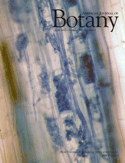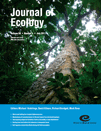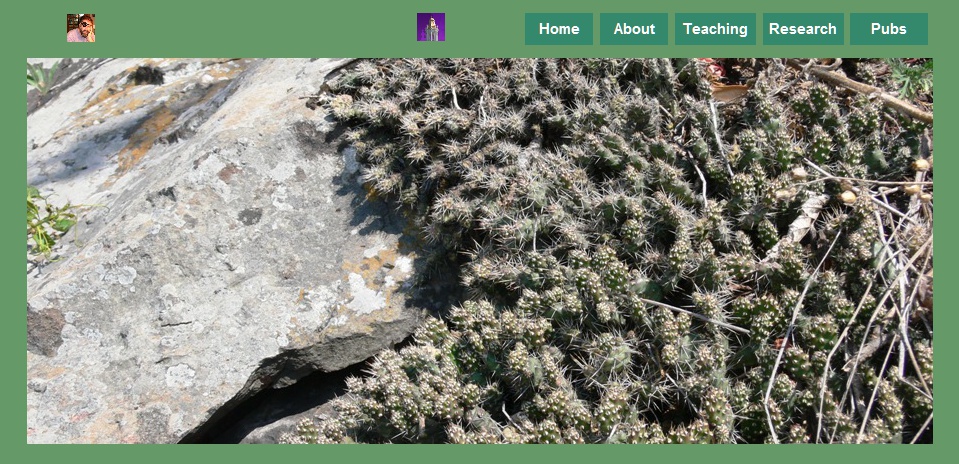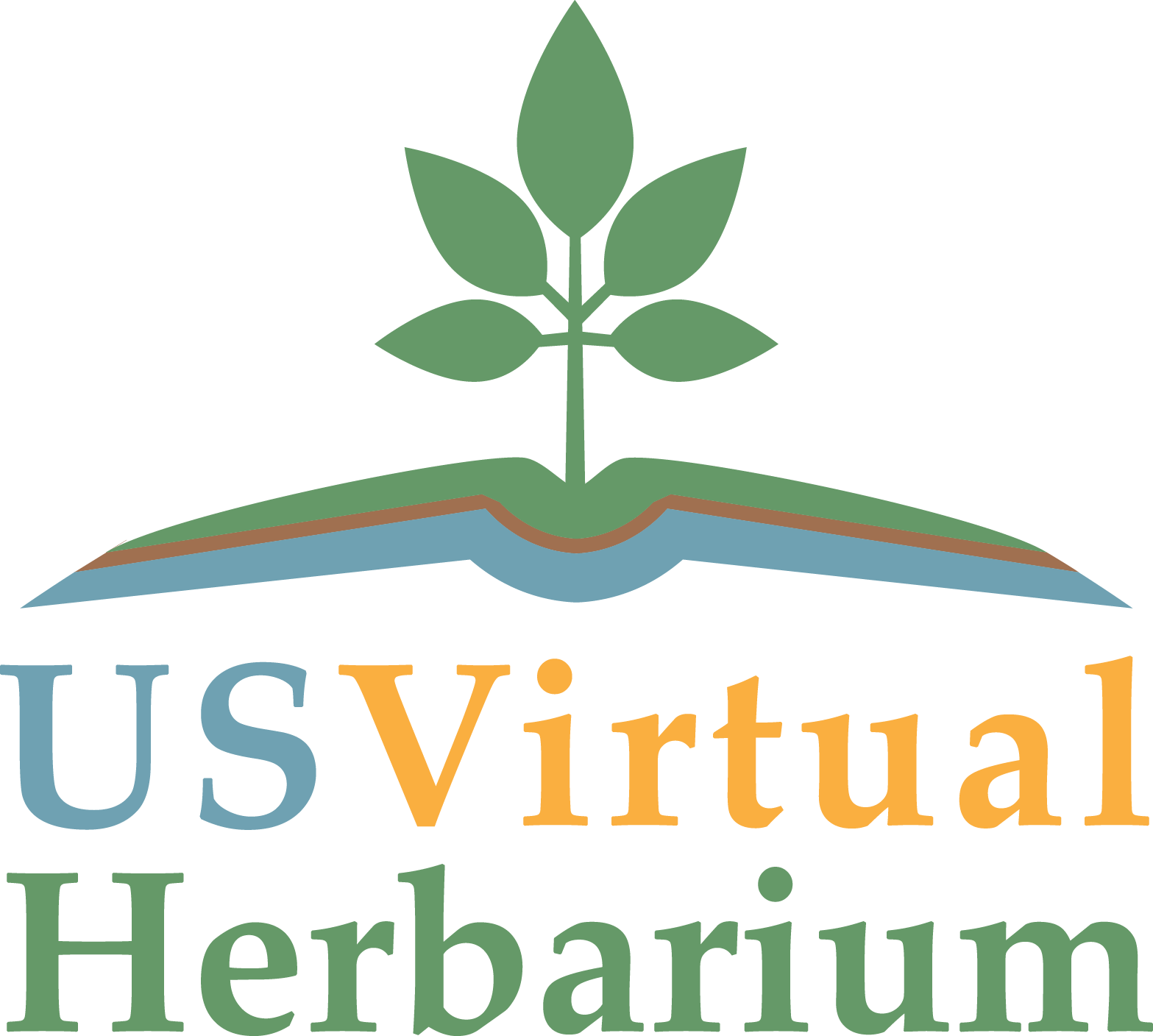|
|




















Note: clicking on a pdf icon in the list below will open the article. Hit the return button to come back to the Virtual Herbarium site!
Some Peer-reviewed Research Articles That Used Digitized Herbarium Data
Panchen, Zoe E., Richard B. Primack, Tomasz Anisko, and Robert E. Lyons. 2012. Herbarium specimens,
photographs, and field observations show Philadelphia area plants are responding to climate change.
American Journal of Botany 99(4):751-756.
0n average, the Greater Philadelphia species studied are flowering 16 d earlier over the 170-yr period and 2.7 d earlier per 1 ° C rise in monthly minimum temperature.
0n average, the Greater Philadelphia species studied are flowering 16 d earlier over the 170-yr period and 2.7 d earlier per 1 ° C rise in monthly minimum temperature.
Dolan, Rebecca W., Marcia E. Moore and Jessica D. Stephens. 2011. Documenting effects of urbanization on
flora using herbarium records. Journal of Ecology 99(4):1055-1063.
The last 70 years have seen a significant turnover in species presence, most notably a decrease in native plant species number (2.4 per year) and quality, with an accompanying increase in non-native plants of 1.4 per year. Loss of species has been non-random, with a disproportionate number of high-quality wetland plants lost. Invasive (shrubs) likely present the greatest threat to remaining biodiversity.
The last 70 years have seen a significant turnover in species presence, most notably a decrease in native plant species number (2.4 per year) and quality, with an accompanying increase in non-native plants of 1.4 per year. Loss of species has been non-random, with a disproportionate number of high-quality wetland plants lost. Invasive (shrubs) likely present the greatest threat to remaining biodiversity.
Dataone http://www.dataone.org/education-modules
A set of interesting modules for teaching students about data. Ten powerpoints covering different aspects of data management can be downloaded from this site. Suitable for a college course, topics include data management (and why!), data entry, quality control, metadata, and managing and designing data workflows.
A set of interesting modules for teaching students about data. Ten powerpoints covering different aspects of data management can be downloaded from this site. Suitable for a college course, topics include data management (and why!), data entry, quality control, metadata, and managing and designing data workflows.
Teaching Articles relevant to Herbarium Data
Loarie, Scott. R., Benjamin E. Carter, Katharine Hayhoe, Sean McMahon, Richard Moe, Charles A. Knight, and
David D. Ackerly. 2008. Climate change and the future of California's endemic flora.
With anticipated climate change, they project that up to 66% of the endemic flora studied will experience .80% reductions in range size within a century.
With anticipated climate change, they project that up to 66% of the endemic flora studied will experience .80% reductions in range size within a century.
Zangerl, Arthur R., and May R. Berenbaum. 2005. Increase in toxicity of an invasive weed after reassociation with
its coevolved herbivore. Proceedings of the National Academy of Science of the United States of America
102(43):15529-15532.
Pastinaca sativa has become more toxic and increased its concentration of furanimocoumarins after its native herbivore has also become introduced into North America.
Pastinaca sativa has become more toxic and increased its concentration of furanimocoumarins after its native herbivore has also become introduced into North America.
Cooperrider, Miwaka K., and Tom S. Cooperrider. 1994. History and computerization of the Kent State
University herbarium. Ohio Journal of Science 94(1):24-28.
Background, current status, and computerization plans for the Kent State herbarium.
Background, current status, and computerization plans for the Kent State herbarium.
Flannery, Maury. 2011. Moonstruck by herbaria. American Biology Teacher 73:293-296.
An engaging description of the author falling in love with herbarium specimens and the stories behind them.
An engaging description of the author falling in love with herbarium specimens and the stories behind them.
Flannery, Maura C. 2012. Blanche and Oakes Ames: a relationship of art and science. Plant Science
Bulletin 58(2):60-64.
A description of the impact of this couple on botany in the early 1900s.
A description of the impact of this couple on botany in the early 1900s.
The U.S. Virtual Herbarium Project: List of Publications.
A guide to publications about herbarium digitization or that used digitized herbarium data.
A guide to publications about herbarium digitization or that used digitized herbarium data.
The U.S. Virtual Herbarium Project:
Bringing all herbaria into a digital network and demonstrating the value of shared information.
Bringing all herbaria into a digital network and demonstrating the value of shared information.
Some Articles about Herbarium Digitization or Digitization Tools
Barkworth, Mary E., and Zack E. Murrell 2012: The U.S. Virtual Herbarium: working with individual herbaria to
build a national resource. Zookeys 209:55-73.
Beaman, Reed S., and Nico Cellinese. 2012. Mass digitization of scientific collections: new opportunities to
transform the use of biological specimens and transform biodiversity science. Zookeys 209:7-17.
Blagoderov, Vladimir, Ian J. Kitching, Laurence Livermore, Thomas J. Simonsen, and Vincent S. Smith.
2012. No specimen left behind: industrial scale digitization of natural history collections. Zookeys
209:133-146.
Haston, Elspeth, Robert Cubey, Martin Pullan, Hannah Atkins, and David J. Harris. 2012. Developing integrated
workflows for the digitization of herbarium specimens using a modular and scalable approach. Zookeys
209:93-102.
Hill, Andrew, Robert Guralnick, Arfon Smith, Andrew Sallans, Rosemary Gillespie, Michael Denslow, Joyce Gross,
Zack Murrell, Tim Conyers, Peter Oboyski, Joan Ball, Andrea Thomer, Robert Prys-Jones, Javier de la Torre,
Patrick Kociolek, and Lucy Fortson. 2012. The notes from nature tool for unlocking biodiversity records from
museum records through citizen science. Zookeys 209:219-233.
Lavoie, Claude. 2012. Biological collections in an ever changing world: herbaria as tools for biogeographical and
environmental studies. Perspectives in Plant Ecology, Evolution, and Systematics 15:68-76.
Schuh, Randall T. 2012. Integrating specimen databases and revisionary systematics. Zookeys 209:255-267.
Smith, Vincent S., and Vladimir Blagoderov. 2012. Bringing collections out of the dark (introductory article to this
issue). Zookeys 209:1-6.
Tegelberg, Riitta, Jaana Haapala, Tero Mononen, Mika Pajari, and Hannu Saarenmaa. 2012. The development of
a digitising service centre for natural history collections. Zookeys 209:75-86.
Thomer, Andrea, Gaurav Vaidya, Robert Guralnick, David Bloom, and Laura Russell. 2012. From documents to
datasets: a media Wiki-based method of annotating and extracting species observations in century-old field
notebooks. Zookeys 209:235-253.
Tulig, Melissa, Nicole Tarnowsky, Michael Bevans, Andrew Kirchgessner, and Barbara M. Thiers. 2012.
Increasing the efficiency of digitization workflows for herbarium specimens. Zookeys 209:103-113.
van den Oever, Jon Peter, and Marc Gofferjé. 2012. From Pilot to production: large scale digitisation project at
Naturalis Biodiversity Center. Zookeys 209:87-92.
Wheeler, Quentin, Thierry Bourgoin, Jonathan Coddington, Timothy Gostony, Andrew Hamilton, Roy Larimer,
Andrew Polaszek, Michael Schauff, and M. Alma Solis. 2012. Nomenclatural benchmarking: the roles of digital
typification and telemicroscopy. Zookeys 209:193-202.
Ribbens, Eric. 2012. The Wired Herbarium #13: Taxonomic Name Resolution Service 3.0. In The Vasculum
(newsletter of the Society for Herbarium Curators) 7(2), July 2012.
Ribbens, Eric. 2012. The Wired Herbarium #12: Two herbarium websites: PNU and FSU. In The Vasculum
(newsletter of the Society for Herbarium Curators) 7(1), January 2012.
Ribbens, Eric, Franck, Alan. 2011. The Wired Herbarium #11: Incorporating digital images. In The Vasculum
(newsletter of the Society for Herbarium Curators) 6(2), July 2011.
Ribbens, Eric, Park, Isaac. 2011. The Wired Herbarium #10: Phenological data. In The Vasculum (newsletter of the
Society for Herbarium Curators) 6(1), January 2011.
Ribbens, Eric. 2010. The Wired Herbarium #9: vPLANTS. In The Vasculum (newsletter of the Society for
Herbarium Curators) 5(2), July 2010.
Ribbens, Eric, Thiers, Barbara. 2009. The Wired Herbarium #7: Index Herbariorum. In The Vasculum (newletter of
the Society for Herbarium Curators), July 2009.
Ribbens, Eric. 2010. The Wired Herbarium #8:The Pacific Northwest consortium website. In The Vasculum
(newsletter of the Society for Herbarium Curators) 5(1), January 2010.
Ribbens, Eric. 2008. The Wired Herbarium #5: herbarium@home. In The Vasculum
(newsletter of the Society for Herbarium Curators), July 2008.
Ribbens, Eric, Hanson, Curtis. 2009. The Wired Herbarium #6: Herbarium Webpages: The
LSU Herbarium. In The Vasculum (newsletter of the Society for Herbarium Curators), January
2009.
Ribbens, Eric. 2007. The Wired Herbarium #3: TROPICOS and IPNI. In The Vasculum
(newsletter of the Society for Herbarium Curators), July 2007.
Ribbens, Eric. 2008. The Wired Herbarium #4: Aluka. In The Vasculum (newsletter of the
Society for Herbarium Curators), January 2008.
Ribbens, Eric. 2006. The Wired Herbarium #1: Introduction. In The Vasculum (newsletter of
the Society for Herbarium Curators), July 2006.
Ribbens, Eric. 2007. The Wired Herbarium #2: USDA. In The Vasculum (newsletter of the
Society for Herbarium Curators), January 2007.
Larkin, Daniel J. 2012. Lengths and correlates of lag phases in upper-Midwest plant invasions. Biological
Invasions 14:827-838.
Les, Donald H., Robert S. Capers and Nicholas P. Tippery. 2006. Introduction of Glossostigma (Phrymaceae)
to North America: a taxonomic and ecological overview. American Journal of Botany 93:927–939.
Downloading data from the Australian virtual herbarium showed two specimens that we suggest are probably identified incorrectly, based on the collection locations – a temperate species shows up where a tropical congener is much more common.
Downloading data from the Australian virtual herbarium showed two specimens that we suggest are probably identified incorrectly, based on the collection locations – a temperate species shows up where a tropical congener is much more common.
Nelson, Gil, Deborah Paul, Gregory Riccardi, and Austin R. Mast. 2012. Five task clusters that enable efficient
and effective digitization of biological collections. Zookeys 209:19-45.





